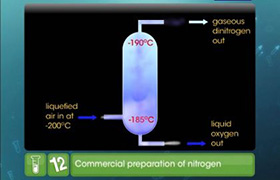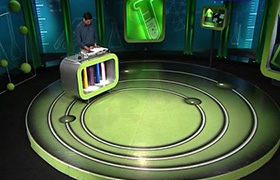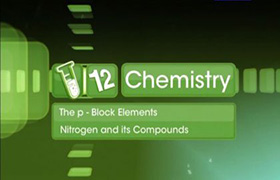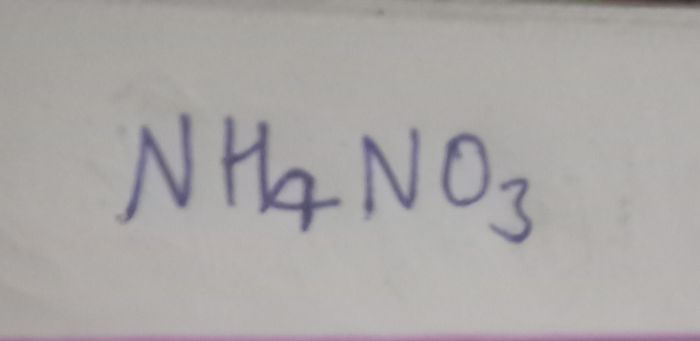CBSE Class 12-science Answered
Why NO does not dimerise even it has odd electron?
Asked by ranvirsingh1as | 16 Dec, 2018, 22:47: PM
In the NO molecule, there are 11 valence electrons having a set of 5 electrons of one spin and 6 electrons of the opposite spin.
Both the sets have a tetrahedral orientation around the two atoms.
But the dimeric form of NO molecule is not possible due to the following reasons:
- As per the thermodynamic point of view, entropy is in favour of small molecules,
- Dimerisation takes place if there is some gain in bonding. But in the dimerisation of NO, there is no gain of electrons because the bond order of 2 ½ remains the same in the dimer.
- Hence, the dimer is unstable relative to the monomer in case of NO.
Answered by Ramandeep | 17 Dec, 2018, 11:03: AM
Concept Videos
CBSE 12-science - Chemistry
Asked by shwetayaligar205 | 21 Dec, 2022, 19:45: PM
CBSE 12-science - Chemistry
Asked by kushwaharitik9129 | 14 Jul, 2022, 13:06: PM
CBSE 12-science - Chemistry
Asked by mufeedatvp2000 | 17 Apr, 2020, 09:22: AM
CBSE 12-science - Chemistry
Asked by adarshkamble130 | 19 Aug, 2019, 00:22: AM
CBSE 12-science - Chemistry
Asked by ranvirsingh1as | 16 Dec, 2018, 22:50: PM
CBSE 12-science - Chemistry
Asked by ranvirsingh1as | 16 Dec, 2018, 22:47: PM
CBSE 12-science - Chemistry
Asked by Sneha | 16 Dec, 2018, 15:14: PM
CBSE 12-science - Chemistry
Asked by lekhakarthikeyan | 28 Aug, 2018, 03:54: AM
CBSE 12-science - Chemistry
Asked by lekhakarthikeyan | 28 Aug, 2018, 03:52: AM
CBSE 12-science - Chemistry
Asked by niharikapabba2605 | 07 Aug, 2018, 01:00: AM






 to produce a brown coloured gass which intensifies on addition on copper turnings . on adding dilute ferrous sulphate olution to an aqueous solution to an aquaeous solution of X and then carefully adding conc.
to produce a brown coloured gass which intensifies on addition on copper turnings . on adding dilute ferrous sulphate olution to an aqueous solution to an aquaeous solution of X and then carefully adding conc. 